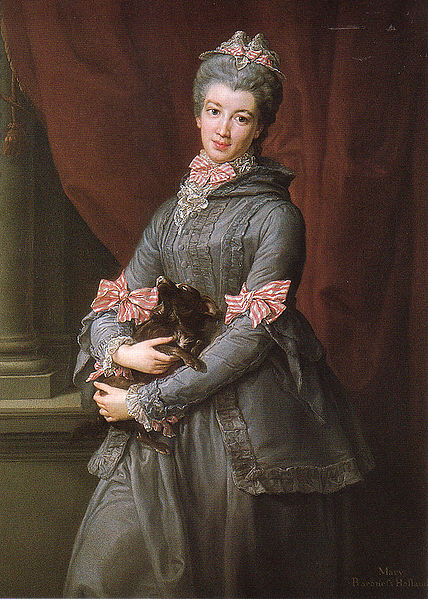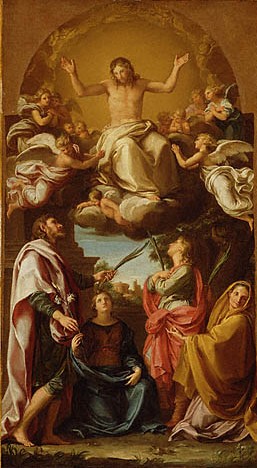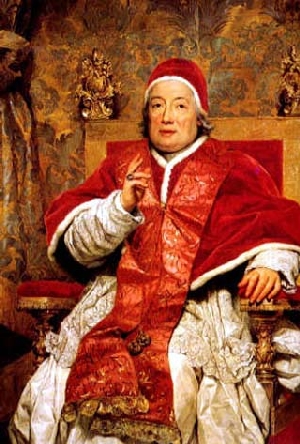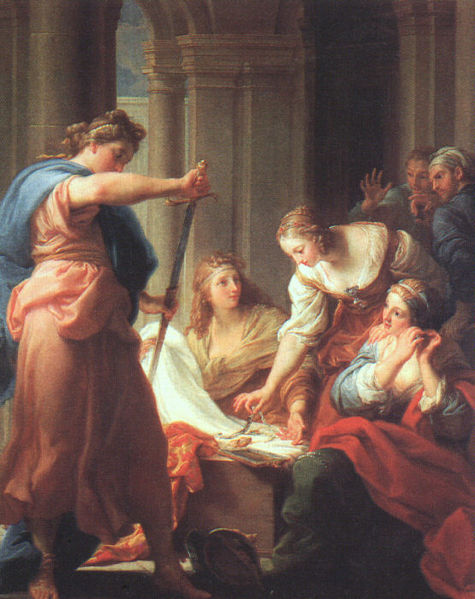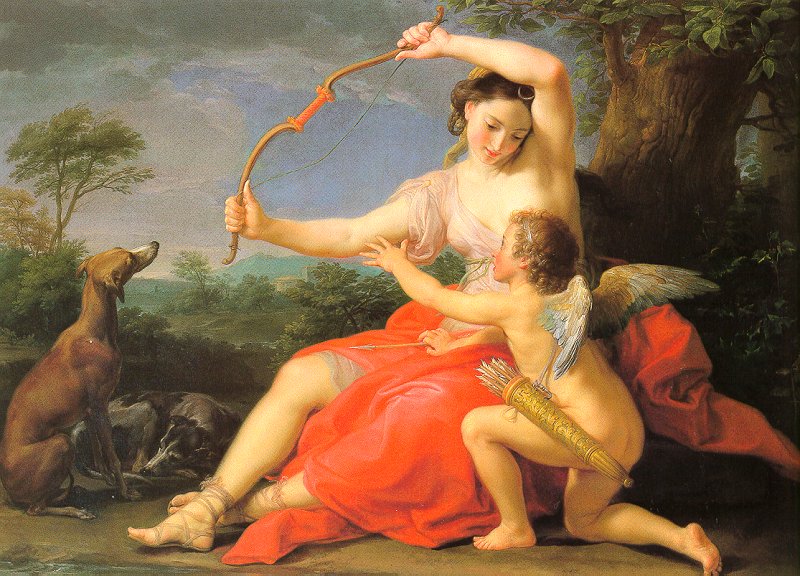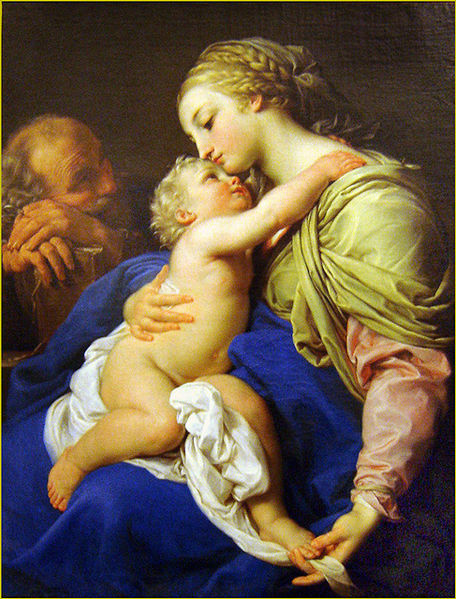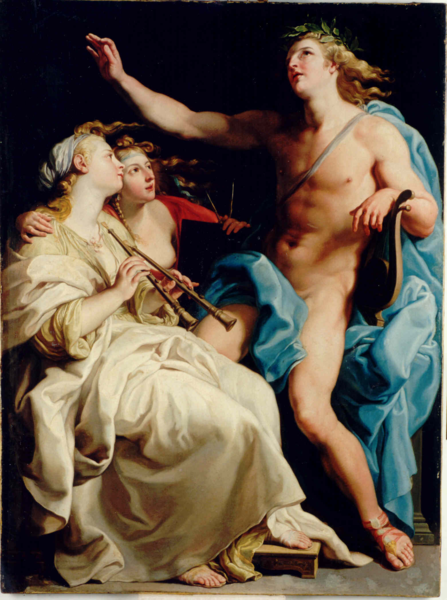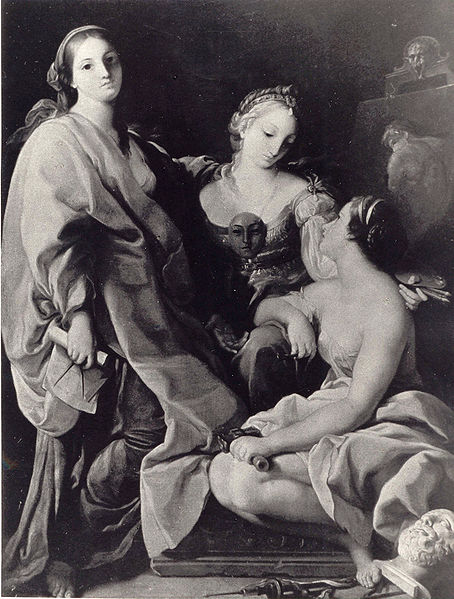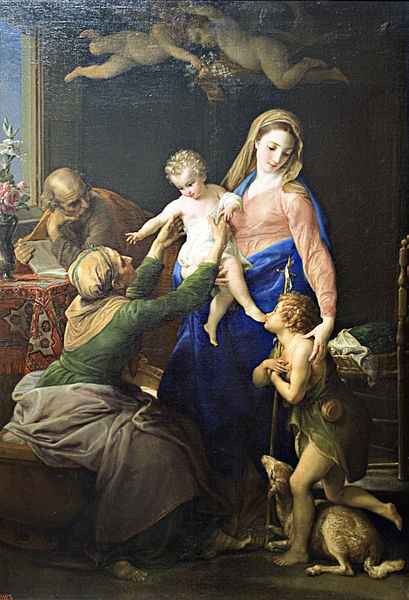<Back to Index>
- Chemist François Vincent Raspail, 1794
- Painter Pompeo Girolamo Batoni, 1708
- Admiral of the Fleet of the Royal Navy John Arbuthnot "Jackie" Fisher, 1841
PAGE SPONSOR
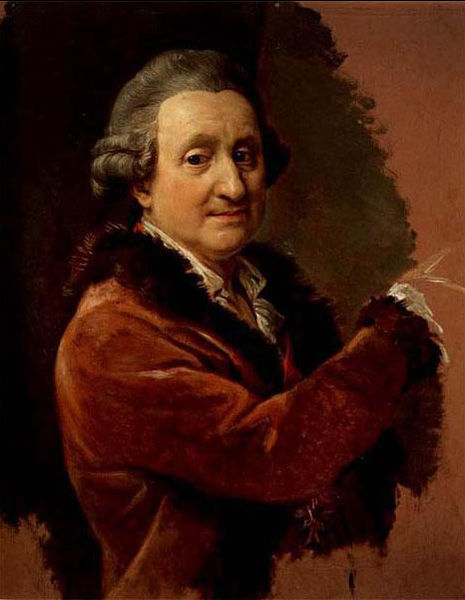
Pompeo Girolamo Batoni (25 January 1708 – 4 February 1787) was an Italian painter whose style incorporated elements of the French Rococo, Bolognese classicism, and nascent Neoclassicism.
He was born in Lucca, the son of a goldsmith, Paolino Batoni. He moved to Rome in 1727, and apprenticed with Agostino Masucci, Sebastiano Conca and/or Francesco Imperiale (1679 – 1740).
Batoni owed his first independent commission to the rains that struck Rome in April 1732. Seeking shelter from a sudden storm, Forte Gabrielli di Gubbio, count of Baccaresca, took cover under the portico of the Palazzo dei Conservatori on the Capitoline Hill. Here the nobleman met the young artist who was drawing the ancient bas - reliefs and the paintings of the staircase of the palace. Impressed by his skill and the purity of the design, Gabrielli asked Batoni to see some of his works, and when conducted to the painter's studio he was so awed by his talent that he offered him to paint a new altarpiece for the chapel of his family in San Gregorio Magno al Celio, the Madonna on a Throne with child and four Saints and Blesseds of the Gabrielli family (1739).
The Gabrielli Madonna obtained general admiration and by the early 1740s Batoni started to receive other independent commissions. In 1741, he was inducted into the Accademia di San Luca. His celebrated painting, The Ecstasy of Saint Catherine of Siena (1743) illustrates his academic refinement of the late Baroque style. Another masterpiece, his Fall of Simon Magus was painted initially for the St Peter's Basilica.
Batoni became a highly fashionable painter in Rome, particularly after his rival, the proto - neoclassicist Anton Raphael Mengs, departed for Spain in 1761. Batoni befriended Winckelmann and, like him, aimed in his painting to the restrained classicism of painters from earlier centuries, such as Raphael and Poussin, rather than to the work of the Venetian artists then in vogue.
He was greatly in demand for portraits, particularly by the British traveling through Rome, who took pleasure in commissioning standing portraits set in the milieu of antiquities, ruins, and works of art. There are records of over 200 portraits by Batoni of visiting British patrons. Such "Grand Tour" portraits by Batoni came to proliferate in the British private collections, thus ensuring the genre's popularity in the United Kingdom, where Sir Joshua Reynolds would become its leading practitioner. In 1760, the painter Benjamin West, while visiting Rome would complain that Italian artists "talked of nothing, looked at nothing but the works of Pompeo Batoni".
In 1769, the double portrait of Joseph II and Leopold II won an Austrian nobility for Batoni. He also portrayed Pope Pius VI. According to a rumor, he bequeathed his palette and brushes to Jacques - Louis David.
He was married twice, to Caterina Setti (d. 1742) in 1729, and then to Lucia Fattori in 1747, and had twelve children; three of his sons assisted in his studio. From 1759 Batoni lived in a large house on the Via Bocca di Leone in Rome, which included a studio as well as exhibition rooms and a drawing academy. He died in Rome.
He was the subject of a major exhibition at the National Gallery in London in 2008.
